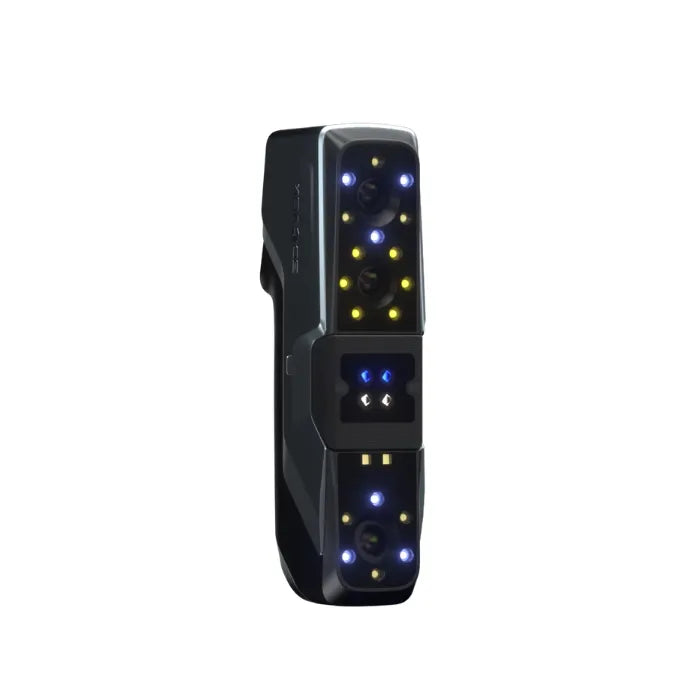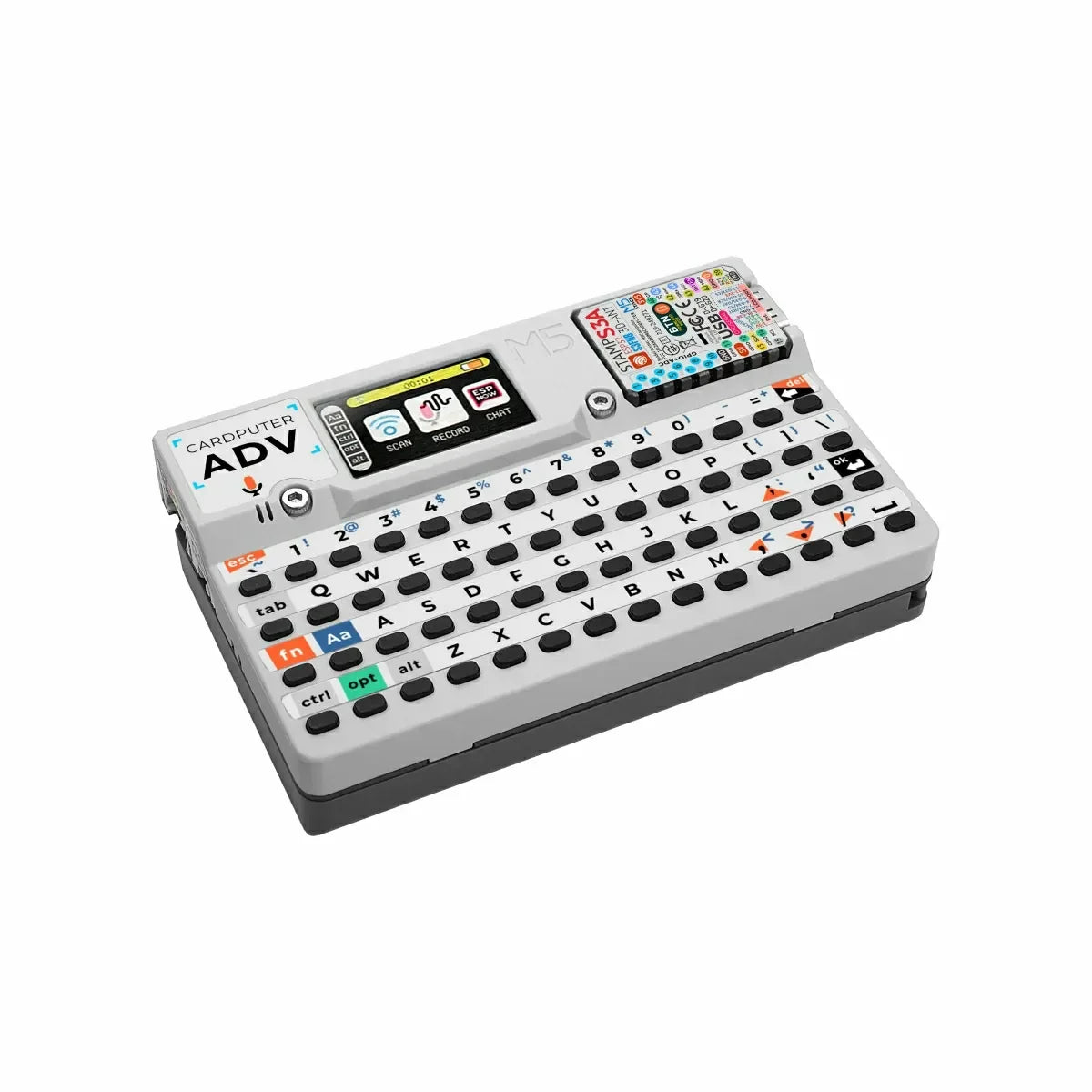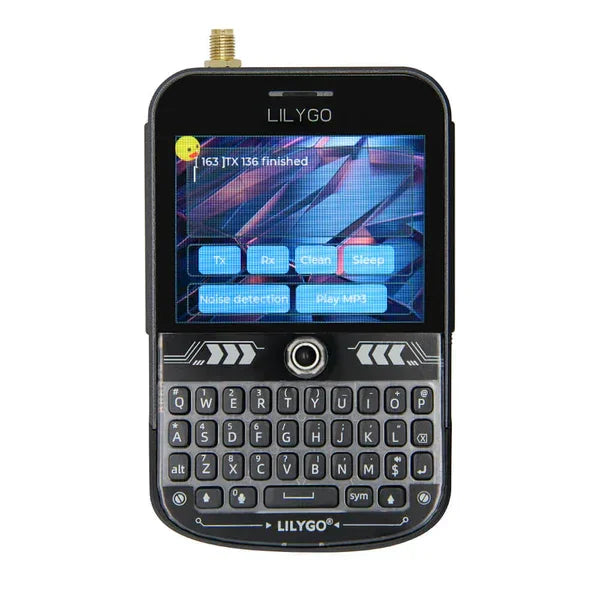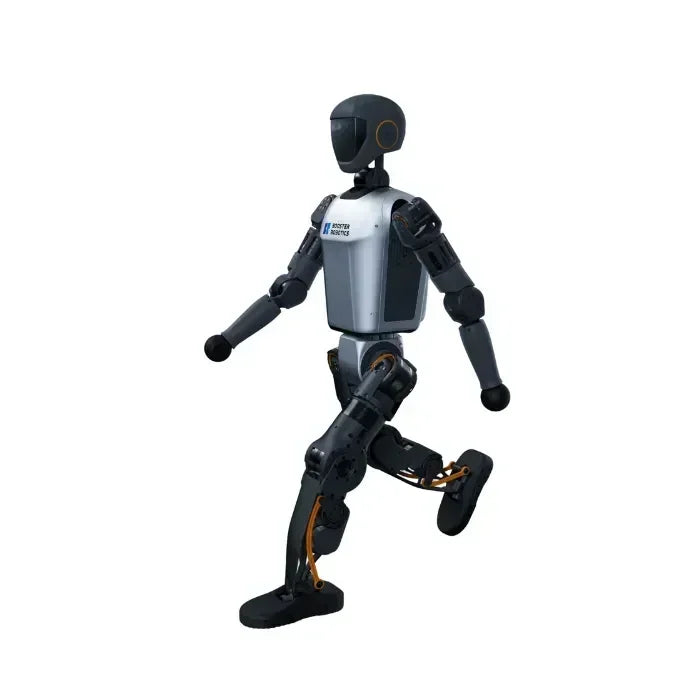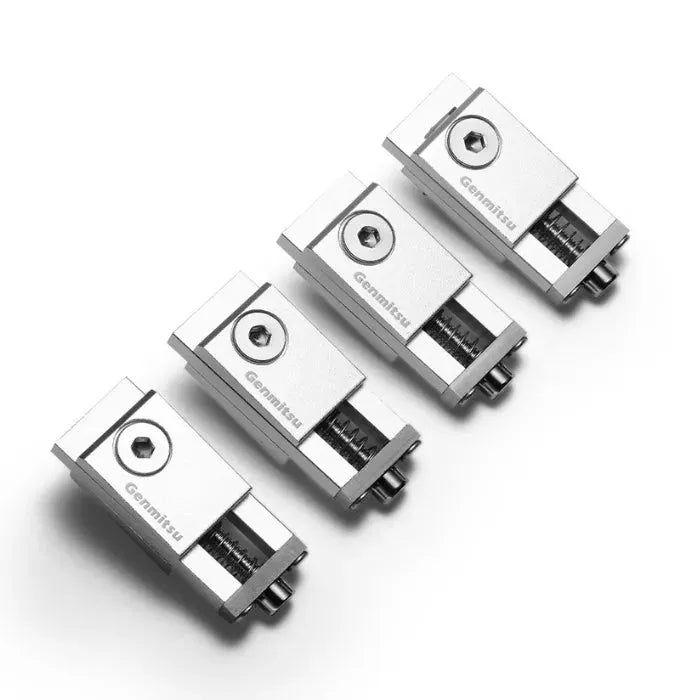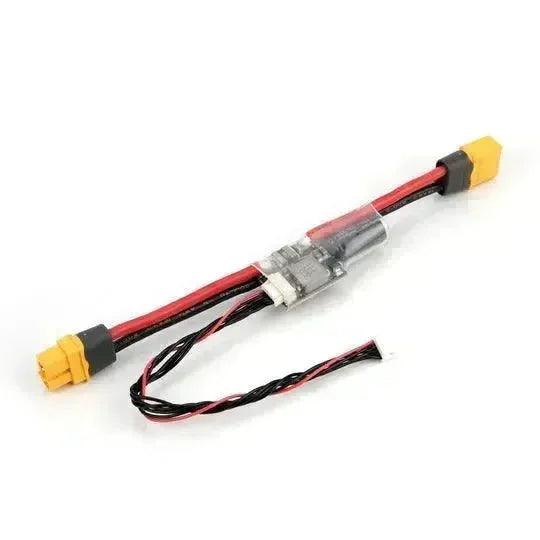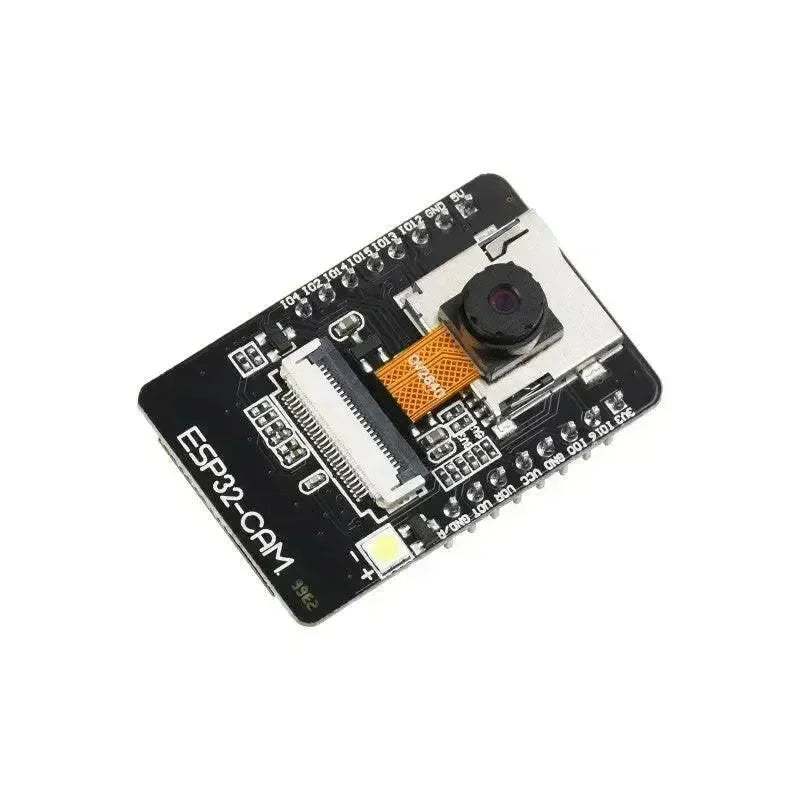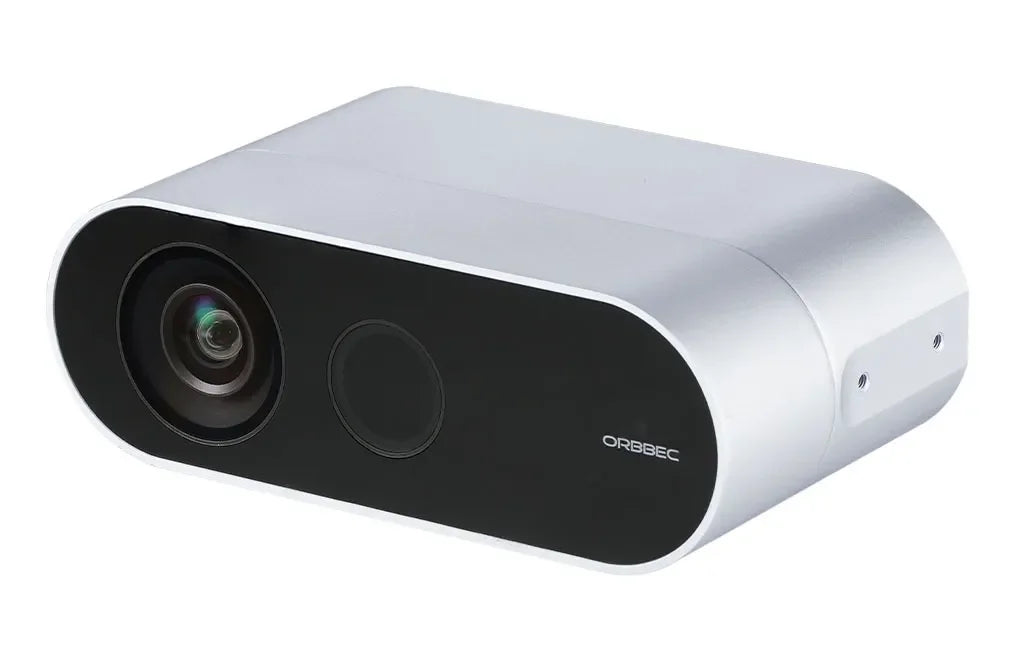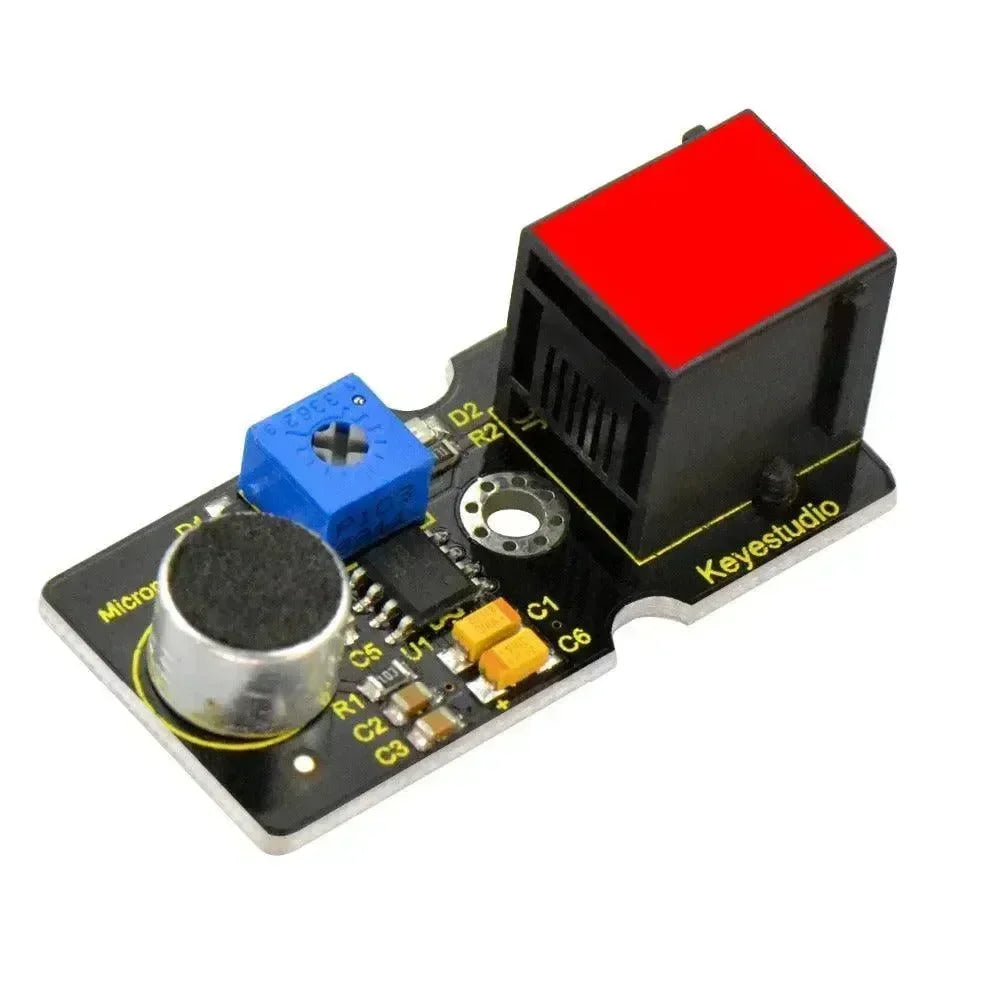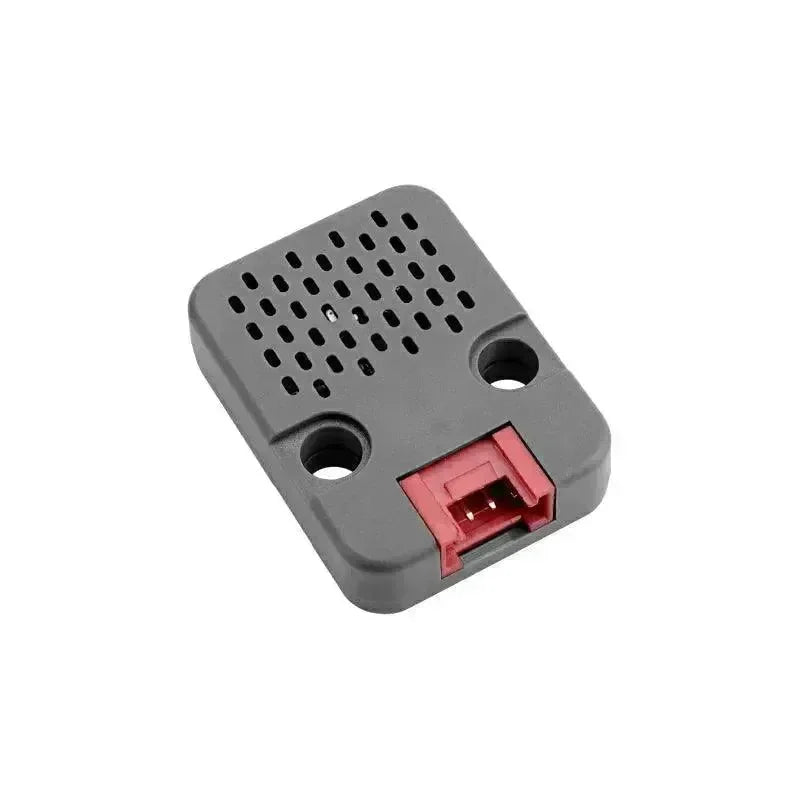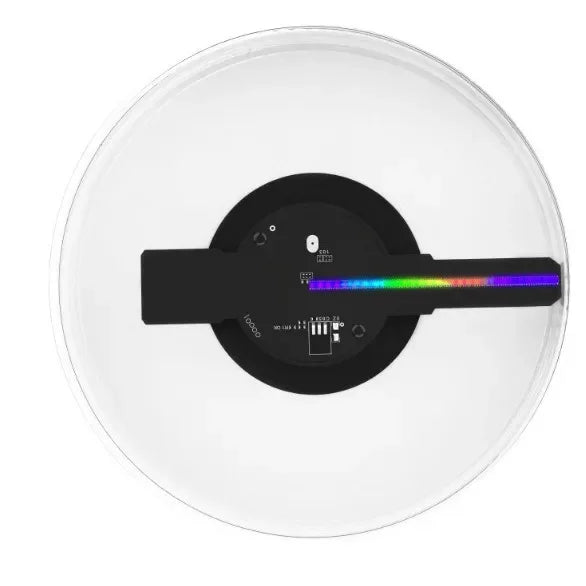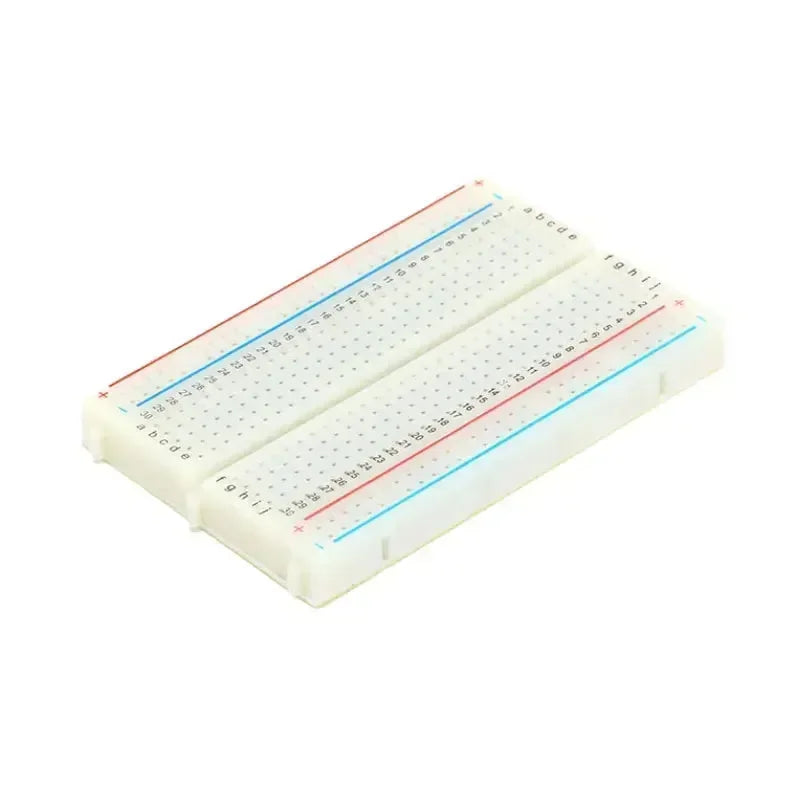Introduction
ESP32: Overview and Features
The ESP32 is a series of low-cost, low-power system-on-a-chip (SoC) microcontrollers with integrated Wi-Fi and dual-mode Bluetooth, offering a highly cost-effective and power-efficient solution for a range of applications. The product was designed and developed by Espressif Systems and is renowned for its versatility and robust performance in IoT applications. The ESP32 series comprises a range of models, each offering a distinct set of features and capabilities.
Core Specifications of ESP32:
- Processor: Dual-core or single-core Tensilica Xtensa LX6 microprocessor, with a clock speed of up to 240 MHz.
- Memory: Up to 520 KB of SRAM and 448 KB of ROM.
- Connectivity: Integrated Wi-Fi (802.11 b/g/n) and dual-mode Bluetooth (classic and BLE).
- Peripherals: ADC, DAC, SPI, I2C, I2S, UART, PWM, and touch sensors.
- Power Management: Ultra-low-power coprocessor and various power modes to optimize battery life.
- Security: Hardware encryption (AES, SHA, RSA), secure boot, and flash encryption.
The ESP32 is available in multiple variants, such as the ESP32-D0WD, ESP32-D0WDQ6, ESP32-D2WD, and ESP32-S0WD, each offering slight variations in specifications to cater to different requirements.
ESP32-WROOM: Overview and Features
The ESP32-WROOM series comprises Wi-Fi and Bluetooth combo modules based on the ESP32 system-on-chip (SoC). These modules are designed to provide a comprehensive and ready-to-use solution for developers, integrating the essential components required for a diverse range of IoT applications.
Core Specifications of ESP32-WROOM:
- Processor: Dual-core or single-core Tensilica Xtensa LX6 microprocessor, with a clock speed of up to 240 MHz.
- Memory: Up to 4 MB of external SPI flash.
- Connectivity: Integrated Wi-Fi (802.11 b/g/n) and dual-mode Bluetooth (classic and BLE).
- Peripherals: ADC, DAC, SPI, I2C, I2S, UART, PWM, and touch sensors.
- Form Factor: Surface-mount module with a PCB or IPEX antenna, compact size suitable for space-constrained applications.
- Certification: Pre-certified for regulatory compliance in major regions (FCC, CE, IC, etc.).
The ESP32-WROOM series includes various models like ESP32-WROOM-32, ESP32-WROOM-32D, ESP32-WROOM-32U, and ESP32-WROOM-32E, each offering different antenna configurations and memory options.
Key Differences Between ESP32 and ESP32-WROOM
| Feature | ESP32 SoC | ESP32-WROOM Module |
| Form Factor | Chip (SoC) | Surface-mount module |
| Processor | Dual-core/single-core LX6 | Dual-core/single-core LX6 |
| Memory | Up to 520 KB SRAM, 448 KB ROM | Up to 4 MB SPI flash |
| Connectivity | Wi-Fi, Bluetooth | Wi-Fi, Bluetooth |
| Peripherals | ADC, DAC, SPI, I2C, I2S, UART, PWM, touch sensors | ADC, DAC, SPI, I2C, I2S, UART, PWM, touch sensors |
| Antenna Options | External (requires design) | PCB or IPEX antenna |
| Certification | No pre-certifications | Pre-certified (FCC, CE, IC, etc.) |
| Power Management | Ultra-low-power coprocessor | Ultra-low-power coprocessor |
| Security | Hardware encryption, secure boot, flash encryption | Hardware encryption, secure boot, flash encryption |
| Use Cases | Custom hardware design, flexibility | Plug-and-play IoT solutions |
Detailed Comparison and Use Cases
Form Factor and Integration
ESP32 SoC: As a system-on-a-chip, the ESP32 is designed for integration into custom hardware designs. Developers need to create their own PCB layouts, antenna designs, and power management circuits. This provides flexibility but requires significant expertise in hardware design.
ESP32-WROOM Module: The ESP32-WROOM module simplifies the design process by providing a ready-to-use solution with integrated antennas and regulatory certifications. This makes it ideal for developers looking to quickly prototype and deploy IoT solutions without worrying about complex hardware design.
Memory and Storage
ESP32 SoC: The ESP32 SoC typically features up to 520 KB of SRAM and 448 KB of ROM. While this is sufficient for many applications, developers may need to add external flash memory for larger programs and data storage.
ESP32-WROOM Module: The ESP32-WROOM modules come with up to 4 MB of external SPI flash, providing ample space for firmware and data storage. This makes them suitable for applications that require more storage capacity.
Antenna Options
ESP32 SoC: The ESP32 SoC requires an external antenna design, which can be challenging for developers without RF design expertise. Proper antenna design is crucial for optimal wireless performance.
ESP32-WROOM Module: The ESP32-WROOM modules come with either a PCB antenna or an IPEX connector for an external antenna. This simplifies the design process and ensures reliable wireless performance without the need for intricate RF design.
Certification and Regulatory Compliance
ESP32 SoC: Using the ESP32 SoC in a custom design requires obtaining regulatory certifications (e.g., FCC, CE, IC) for the final product, which can be time-consuming and costly.
ESP32-WROOM Module: The ESP32-WROOM modules are pre-certified for regulatory compliance, reducing the time and cost associated with certification. This makes them ideal for developers looking to bring products to market quickly.
Use Cases
ESP32 SoC: Suitable for custom hardware designs where flexibility and optimization are key. It is ideal for applications requiring tailored solutions, such as advanced sensor networks, custom wearable devices, and bespoke industrial automation systems.
ESP32-WROOM Module: Perfect for rapid prototyping and deployment of IoT solutions. Its plug-and-play nature makes it suitable for smart home devices, consumer electronics, wireless sensors, and connected appliances.
Conclusion
In conclusion, the ESP32 SoC and ESP32-WROOM modules each offer distinctive advantages for different use cases. The ESP32 SoC offers the flexibility to create bespoke hardware designs, while the ESP32-WROOM module streamlines the development process with integrated antennas, regulatory certifications and ample memory. Gaining an understanding of these differences can assist developers in selecting the most appropriate option.

